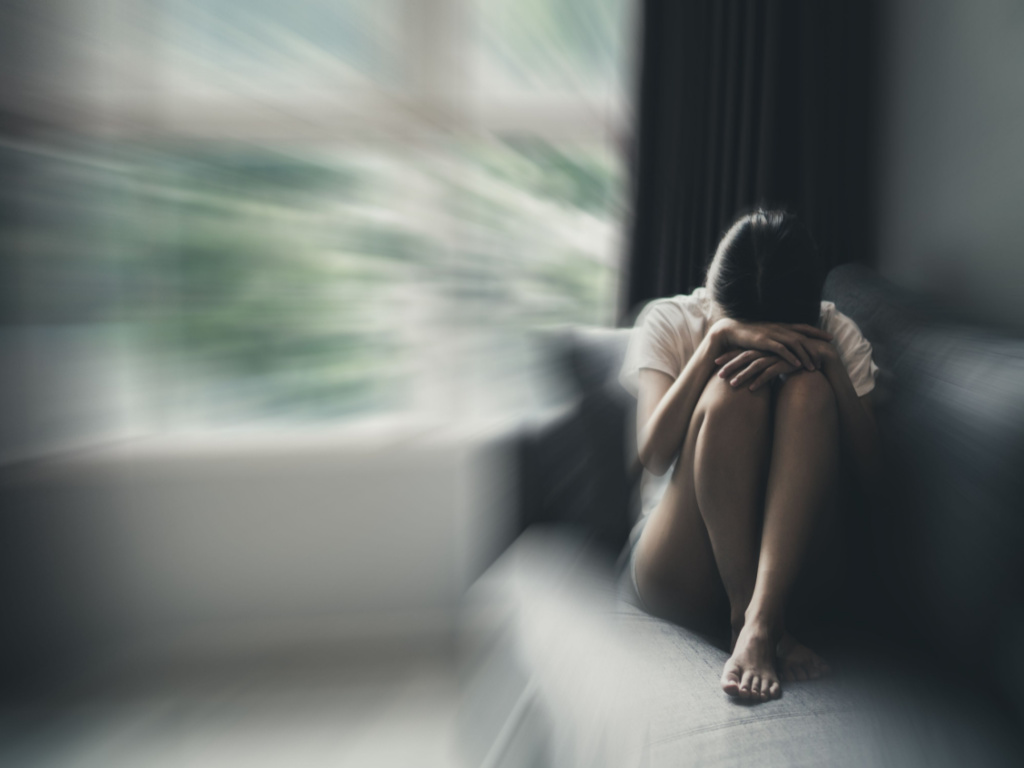Fear? Panic? Guilt? What is the Meaning of Anxiety?
The short definition of anxiety is intense and persistent feelings of worry or fear with or without a trigger. This definition is not to be confused with those feelings of dread when something challenging happens. For example, it is normal to feel nervous before giving a presentation. However, if your friend said their presentation gave them anxiety, that is unlikely to be true. Anxiety is a mental health condition assessed and diagnosed by mental health professionals. The cause of anxiety is also more complicated than a one-time event making an individual nervous, so let’s dive into it – what is the meaning of anxiety?
Definitions-What is the Meaning of Anxiety?
According to the National Institute of Mental Health, anxiety is more than occasional worry or fear. Things like finances, relationships, and work typically cause worry. Anxiety is a broad term that includes different forms of nervousness and fear, including generalized anxiety disorders, panic disorders, social anxiety, phobias, etc., that occur on a regular basis.
Generalized Anxiety
This type of anxiety differs from panic disorders in that it does not include panic attacks but rather near-constant feelings of dread or fear. Symptoms include, among other things, restlessness, excessive worry, racing thoughts, and feeling on edge. These often-irrational thoughts can interfere with work or social relationships without proper treatment.
Panic Disorders
These involve a sudden, intense feeling of worry or fear. This feeling may or may not be related to a trigger. A panic attack can feel like losing control of your body or mind. If one experiences panic attacks often, they may be reluctant to engage in certain activities. Below, we will talk more about a panic attack’s physical and internal symptoms.
Social Anxiety
Social Anxiety is what it sounds like – stress related to social situations. However, a common misconception is that social anxiety only includes those situations in which one interacts directly with another person, like attending a party with friends. Social anxiety involves the fear of being watched or judged by others. Therefore, these social interactions can occur when going through a drive-thru, checking out a book at the library, walking across stage on graduation, scheduling a doctor appointment, or dealing with customer service for your phone bill.
Phobias
Phobias are a unique category of anxiety in that it relates to the aversion to certain situations or objects. Like anxiety, people tend to minimize the severity of phobias by stating something along the lines of “having arachnophobia (irrational fear of spiders)” after seeing a spider in their room. Many people fear spiders, do not get me wrong; however, to be a phobia, the fear is “out of proportion to the actual danger caused by the situation or object.”
Causes of Anxiety
So, we know what is the meaning of anxiety, but where do those feelings come from? Etiologically, the causes of anxiety relate to both nature and nurture – or biology and environment. Biology includes the passing down of traits from one’s parents, or heredity. In other words, if one’s mother and grandmother have anxiety, it is likely the individual will also have anxiety. The environment also plays a role in the development of anxiety. For example, different parenting styles, exposure to violence, and traumatic experiences can all be risk factors for developing an anxiety disorder.

Signs and Symptoms of Anxiety
Anxiety is not one size fits all; each person can experience different symptoms, and no two people would likely describe a panic attack the same as another. When you hear the word anxiety, you may automatically think of a person hyperventilating into a paper bag. Although that image can be attributable to anxiety – and the paper bag trick has been proven to assist, there are all kinds of symptoms and feelings an individual with anxiety may experience.
Physical Symptoms
Perhaps, the most common symptom of anxiety is a panic attack. Panic attacks are sudden, intense feelings of worry. The physical symptoms of anxiety can include increased heartbeat, elevated blood pressure, dizziness, sweating, upset or churning stomach, trembling or tremors, or feelings of “pins and needles.” Anxiety can also impact one’s ability to sleep, complete day-to-day activities, and interact positively with others.
Internal Symptoms
Not all anxiety symptoms are physical. Anxiety can impact one’s thoughts, feelings, and behaviors. These feelings of worry can cause concentration difficulties, feelings of powerlessness, racing thoughts, memory impairment, and the feeling that something terrible is going to happen – sometimes for no reason at all!
Author Katelyn Bourque obtained an associate degree in Paralegal Studies from Valencia College in 2017. Shortly after, she became a claims advocate for veterans seeking benefits for their disabilities. Assisting veterans to gain compensation for disorders like anxiety, depression, and PTSD was not enough. She then obtained a bachelor’s degree in psychology with a mental health concentration from Southern New Hampshire University in 2020 and is currently a master’s student pursuing a degree in Clinical Mental Health Counseling with Walden University. Her goal is to assist individuals struggling with depression and anxiety to have a “Sunny Mentality,” or positive state of mind, through cognitive behavioral therapy and mindfulness techniques.
